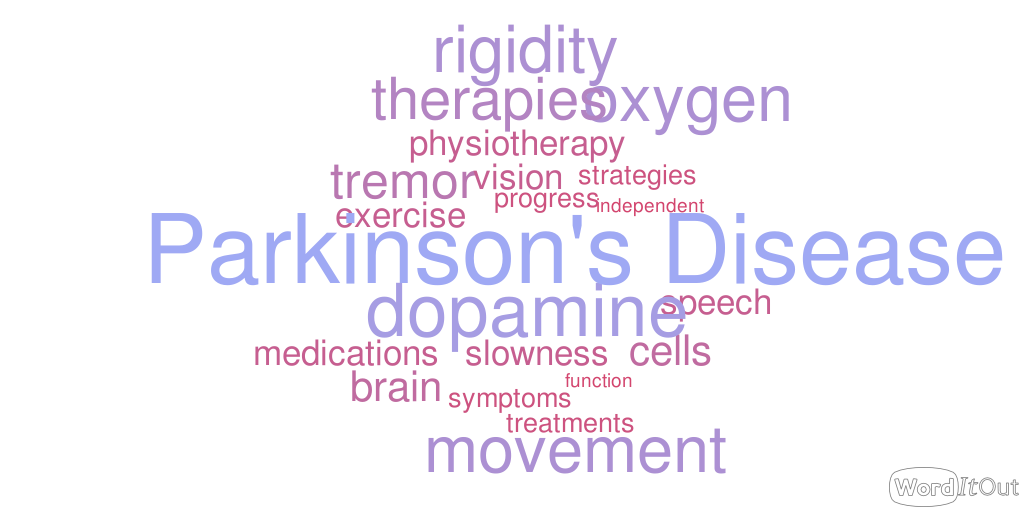
What is Parkinson's? How can we help?
Symptoms
Parkinson's disease signs and symptoms can be different for everyone. Early signs may be mild and go unnoticed. Symptoms often begin on one side of your body and usually remain worse on that side, even after symptoms begin to affect both sides. Signs and symptoms may include:
Parkinson's disease is often accompanied by these additional problems, which may be treatable:
Treatments
Although there's currently no cure for Parkinson's disease, treatments are available to help reduce the main symptoms and maintain quality of life for as long as possible. These include supportive treatments, such as physiotherapy and occupational therapy, medication and in some cases, brain surgery.
You may not need any treatment during the early stages of Parkinson's disease, as symptoms are usually mild. But you may need regular appointments with your specialist so your condition can be monitored.
Medications may help you manage problems with walking, movement, and tremor. These medications increase or substitute for dopamine. People with Parkinson's disease have low brain dopamine concentrations. However, dopamine can't be given directly, as it can't enter your brain.
You may have significant improvement of your symptoms after beginning Parkinson's disease treatment. Over time, however, the benefits of drugs frequently diminish or become less consistent. You can usually still control your symptoms fairly well.
Therapies
Complementary Therapies
Disclaimer: The information provided on this website is not intended to be a substitute for professional medical advice, diagnosis, or treatment.
